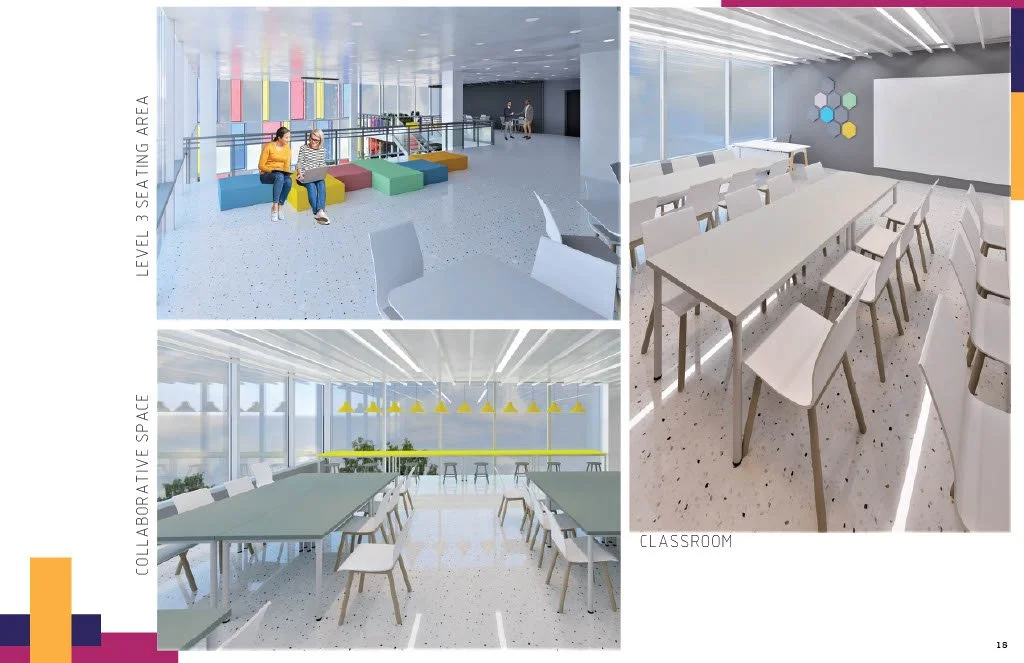Capstone Project
“Every child is an artist; the problem is staying an artist when you grow up”
– Pablo Picasso
“If you hear a voice within you say, 'You cannot paint,' then by all means paint, and that voice will be silenced”
– Vincent Van Gogh
PROBLEM STATEMENT
Education in fine arts including music, theater, drawing, painting, or sculpture—whether in practice or in theory has been part of every well-rounded curriculum for decades—but that could change. Today, many schools are scaling back or withdrawing from their art programs due to budget constraints. It is projected that by the end of this year, more than 25% of public high schools will have them entirely demolished.
The study released by the National Bureau of Economic Research used data from 2012 to measure how likely it is for children whose parents are at the bottom of 20% of the national income distribution to hit the top 20% of the income distribution themselves.
Charlotte ranks 50th out of the 50 biggest metro areas and 97th out of the top 100. Furthermore, Charlotte was not well ranked in a similar study published last year.
The studies linked several factors with mobility: segregation, family structures, inequality, social capital, and school systems.
In the Chetty study, it was found that Charlotte was one of the last cities on the list of the likelihood of upward mobility. Charlotte was compared to “The tale of two cities” on one hand there are neighborhoods with lots of opportunities, such as jobs, after-school activities, better schools, etc. But just down the street a neighborhood with almost no opportunities.
Therefore taking out the arts from the school curriculum does a lot of harm to the education of our children. Specifically harming the lower-income communities as they do not have resources for afterschool activities and classes.
Why Art Education is so Important:
Engaging in the arts encourages students to develop constructive problem-solving skills.
Using the arts to teach will help students visualize complex concepts, making them easier to grasp.
Art education aids in the growth of motor skills, language skills, cognitive skills, decision-making, taking risks, and creativity in children.
Visual arts teach students about color, layout, perspective, and balance, all of which are important in academic work presentations (visual and digital).
By combining art and other disciplines, students who would not otherwise be involved in a class can be reached.
Arts experiences encourage critical thought by teaching students to be more attentive and systematic in their observations of the world.
The arts present challenges to students of all ages.
Art education allows students to interact with their own community as well as the rest of the world.
According to a study by Americans for the Arts, children who engage in the arts for three hours a day, three days a week for a full year are four times more likely to be acknowledged for academic achievement, to compete in math and science fair, or to receive an award for writing an essay or poem than children who do not.
According to a 2010 study of Missouri public schools, increased arts education resulted in fewer disciplinary infractions, higher attendance, graduation rates, and test scores.


























